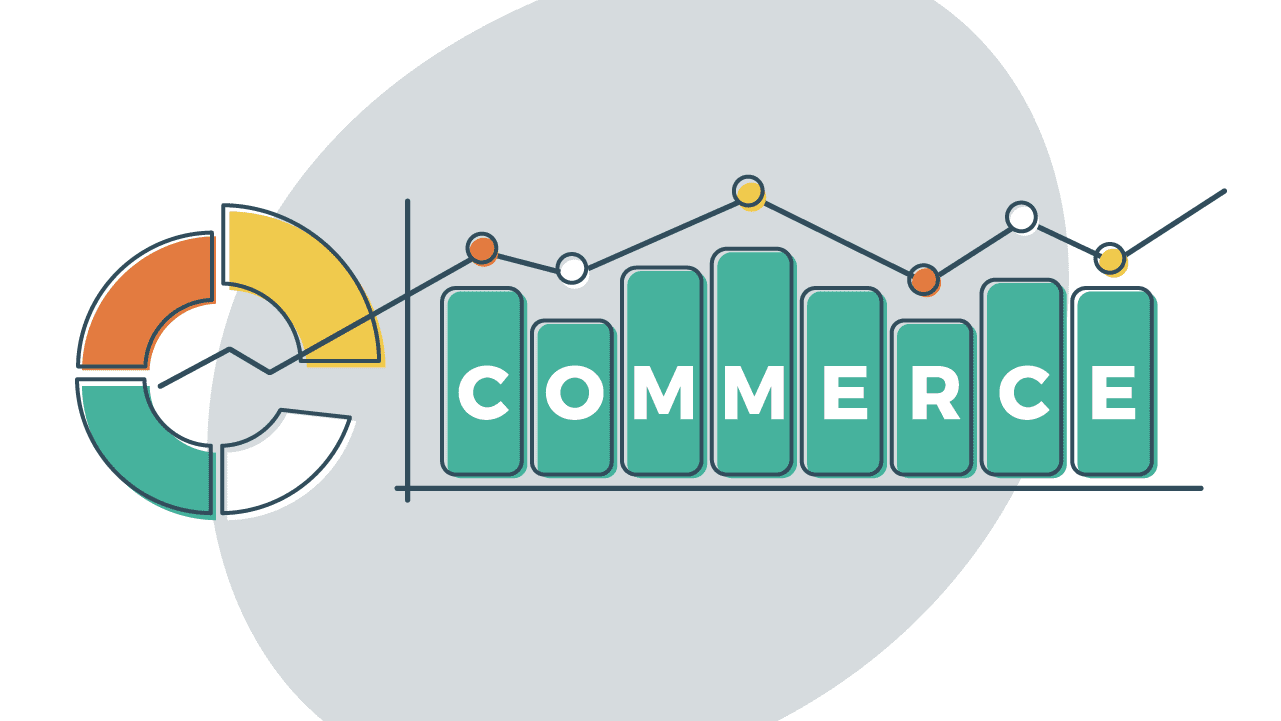You're here:
The MVP of ecommerce metrics: focus on these 3 equations

Ecommerce metrics are important, of course. That’s why you’ll find approximately a million lists about them on the internet.
But lists of 10 or 20 metrics are just too much noise.
You can’t start measuring everything all at once. As an entrepreneur, you know that sometimes you have to start with the core concept — the MVP (minimum viable product). Figure out what works, and build from there.
So let’s talk about the MVP for ecommerce metrics.
When it comes to focusing on what truly matters — growing your business (or stopping it from sinking) — you need these three ecommerce metrics.
Ecommerce metric #1: Conversion Rate
Quick explanation
Conversion rate answers the question, “Of the people who visit my website, how many actually buy something?” It’s the percentage of shoppers that convert to customers.
In marketing and sales, there are several different points of conversion that you could measure (each ring of the “conversion funnel”) but for the MVP, we’ll focus on paying customers.
Why measure it?
Conversion rate gives you important insight into your sales numbers so that you know how to grow them. By putting the sales in context with your site traffic, you can learn where to invest your energy and marketing budget.
How to calculate it
This is pretty straightforward, but to use the formula, you first need to choose which pool of shoppers to measure. For example, do you want to base it off of all website visitors, or only people who started a shopping cart?
Again, for the MVP, it’s best to start with the general measurements (all visitors) and as needed, you can narrow in on more specific conversions (like cart to payment).
You should also choose a time period that you want to measure: this week, last month, last quarter?
Then you plug those numbers into the following equation:
(Total # of site visitors / Total # of sales) x 100
Use case
Let’s say your sales numbers are lower than you’d like. You want to increase your revenue and notice…
… you already have a high conversion rate. Then you should try to get more qualified visitors to your site! More traffic, more deals.
…you have a low conversion rate. Maybe you’re getting a ton of traffic to your site, but something isn’t convincing those people to actually buy from your business. So they leave without purchasing anything. This could teach you two things:
- Your website needs improvement, either in copywriting, design, or the checkout process
- You’re attracting the wrong kind of traffic. Something in your marketing strategy needs to change in order to reach the right potential customers.
Related metrics
- Opt-in rate (Relying heavily on newsletters? Track your email opt-in rate, or how many visitors join your mailing list. Your email marketing tool might have these analytics built in.)
- Bounce rate
Ecommerce metric #2: Repeat Customer Rate
Quick explanation
Repeat Customer rate is exactly what it sounds like — the percentage of past buyers who return and buy again. It’s a key part of measuring “retention,” your ability to retain customers, and could reflect customer loyalty.
Why measure it?
To save money! It’s cheaper to keep an existing customer coming back than it is to find a brand new buyer, who might make one purchase and disappear. This is the benefit of retention over acquisition.
How to calculate it
This equation is nearly identical to the one above, but you’re just using different pieces of data. Figure out how many customers have bought from your business, then determine how many of those customers purchased more than once.
Again, choose a time period you want to measure. For a big picture look, try measuring a whole calendar year or the last twelve months.
(# of customers that purchased more than once / Total # of unique customers) x 100
Use case
The higher the rate, the more willing customers are to come back to your business. This means they like something about you, and more importantly, they trust you. Customer trust and loyalty are fundamental to really building a brand.
If you want to boost sales without investing heavily in your typical marketing streams, you should look to existing customers and get them to keep coming back. Once you understand your customer return rate, you could consider customer loyalty programs, for example an email newsletter that offers discounts or other promotions. You can read our tips on retaining loyal customers.
Related metrics
- Retention rate (often used for subscription-based businesses)
- Customer Acquisition Cost
Ecommerce metric #3: Average Order Value
Quick explanation
Average Order Value tells you the average size of a sale, or value per order, or how much you’re getting paid when customers click Pay Now! Businesses with lower priced products might have a lower Average Order Value if customers buy one thing at a time — but if their shoppers tend to buy a ton of products at once, then that Average Order Value goes up.
Why measure it?
You can’t measure growth just by the number of sales, because not all sales are created equal. The sale that’s $200 is significantly better than the sale that’s just $20. You also want to look at the size of sales, and try to maximize that number.
Then, theoretically, you don’t need to worry about getting more (and more) customers. Instead you focus on getting the same customers to spend more money.
How to calculate it
To get started, you need to know the total amount of revenue earned during a time period. (We recommend using the same timeframe you chose for Repeat Customer rate.) Then you need the absolute number of orders placed during that period.
Total revenue earned / # orders placed
Use case
Once you understand your business’ Average Order Value, from now on you can track it over time and see how it grows. You could experiment with ways to maximize a customer’s purchase: bundle products together, offer a discount (or free shipping) on orders above a certain amount, put those lovely thumbnail images at the bottom of a product page that recommend other things the shopper may like.
Related metrics
- Customer Lifetime Value (often used for subscription or SaaS businesses)
Final word on ecommerce metrics
This metric MVP requires some groundwork. As a baseline for measuring your business, of course monitoring your cash flow is key. Keeping organized records, through bookkeeping and accounting, will provide a sturdy foundation from which you can grow and keep investing back into that growth.
Another way to improve these metrics is to automate parts of your ecommerce business that are repetitive, such as invoicing or emails or tax calculations — so that your mind and energy are free to focus on stuff that’s really moving the needle.
Note: At Quaderno we love providing helpful information and best practices about taxes, but we are not certified tax advisors. For further help, or if you are ever in doubt, please consult a professional tax advisor or the tax authorities.
